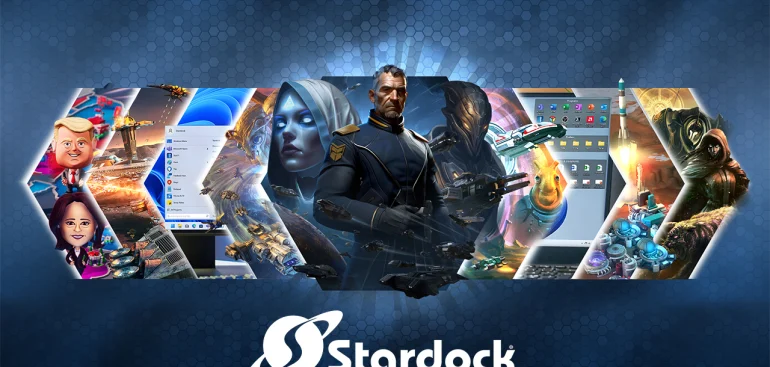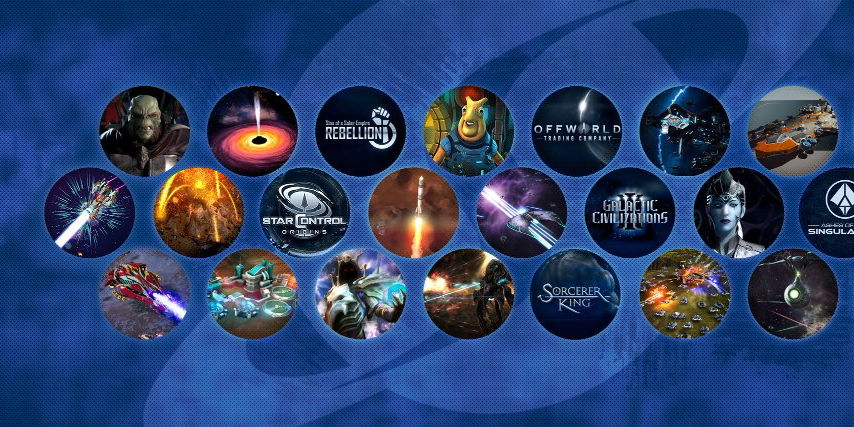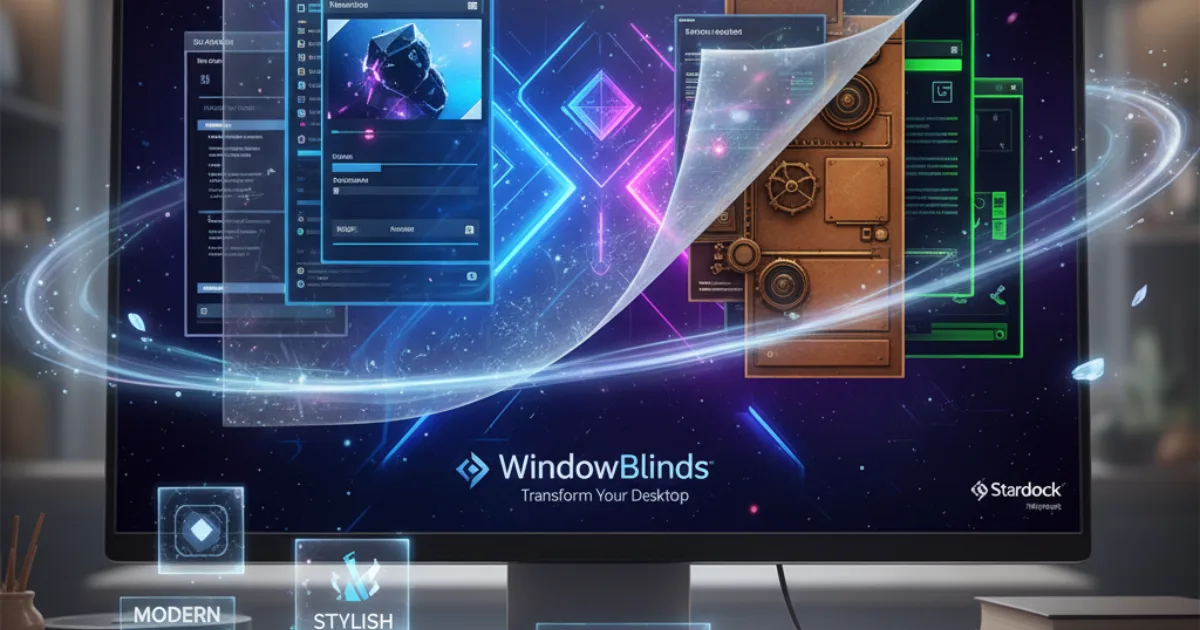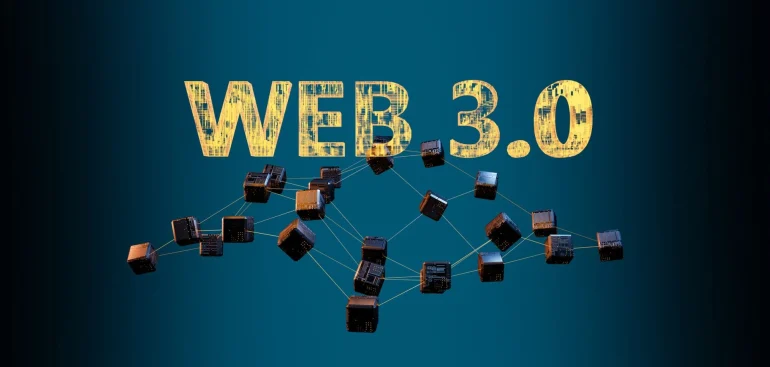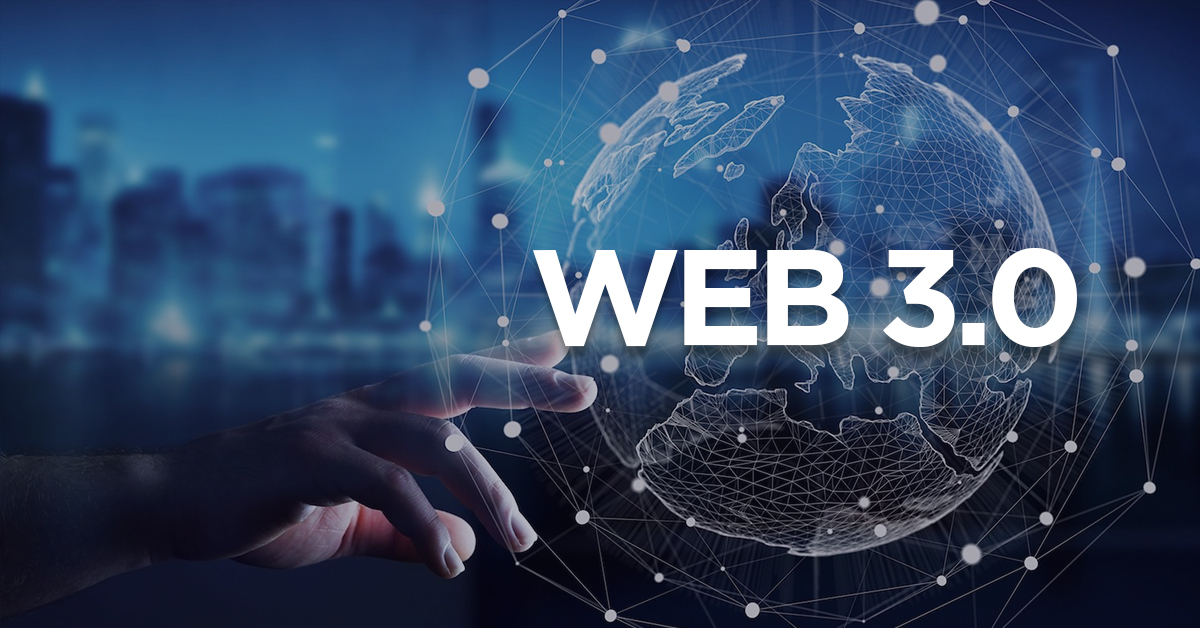Stardock is a very famous American software and video game company. This company is very famous for 2 things. One of them is software, and the other is games. The work of this company here is to give control to the users so that they can design their computer and game experience in their own way without any problem. It has very famous software, which gives a completely new desktop experience to the users. Also, its games have created a unique identity in the whole world. The simple thing is that this is a company that takes creativity, control, and customization together.
What Stardock Does:
Guys, as we have already seen what Stardock does, let’s take a look at it one more time. It is a software and gaming company that gives users the best opportunity to design their computers and gaming experience. Its main focus is more on 2 things: one of them is Windows customization software, and the other is PC games. See, every human wants their computer should look different and get a chance to play high-quality games, so you don’t need to think much about it, this brand is the best for you. To deliver the greatest user experience, this company incorporates clever technology and inventiveness into each product.
Key Products & Highlights:
Window Blinds:
This is a very amazing software from Stardock. Its biggest advantage is that it completely changes the look of your computer, and through this, you can change the theme and background colors of the windows, etc. In this, you get the option of many themes that completely transform your desktop into a modern and stylish look. Its biggest plus point is that it is lightweight and does not have any effect on the system performance. If I tell you in very simple words, then this software helps in making your desktop very beautiful.
Fences:
This is a great software from Stardock. This software is useful for you because it cleans your messy desktop. It helps in arranging many icons on your desktop into single groups. This software makes your daily PC use easy and fast. It keeps your desktop clean and creates a mess-free workspace for your work. Fences is a digital organizer that keeps your desktop smart, tidy, and stress-free.
Galactic Civilizations series:
This is the name of a very famous game series that gives a very amazing experience. It is a game based on space and empire building. In it, you become the leader of a space civilization, where you have to build your empire, explore new planets, and complete it along the way. It is a very amazing game series that gives you a very best experience. Every decision in it affects the future of your empire, which makes the game more exciting. You get many such amazing games with Stardock.
Conclusion:
Guys, this is such an amazing company that it gives freedom to the users to design their PC and gaming experience as per their wishes. Such experience is amazing for the users. Stardock is known for innovation and quality in every field. The simple thing is that this company is a modern digital brand that gives importance to both control and creativity to the users. Their software, like WindowBlinds, Fences, and Start11, has given an easy way to personalize the desktops of millions of users. Additionally, their titles, like as Galactic Civilizations, have provided gamers with a rich and captivating experience.

